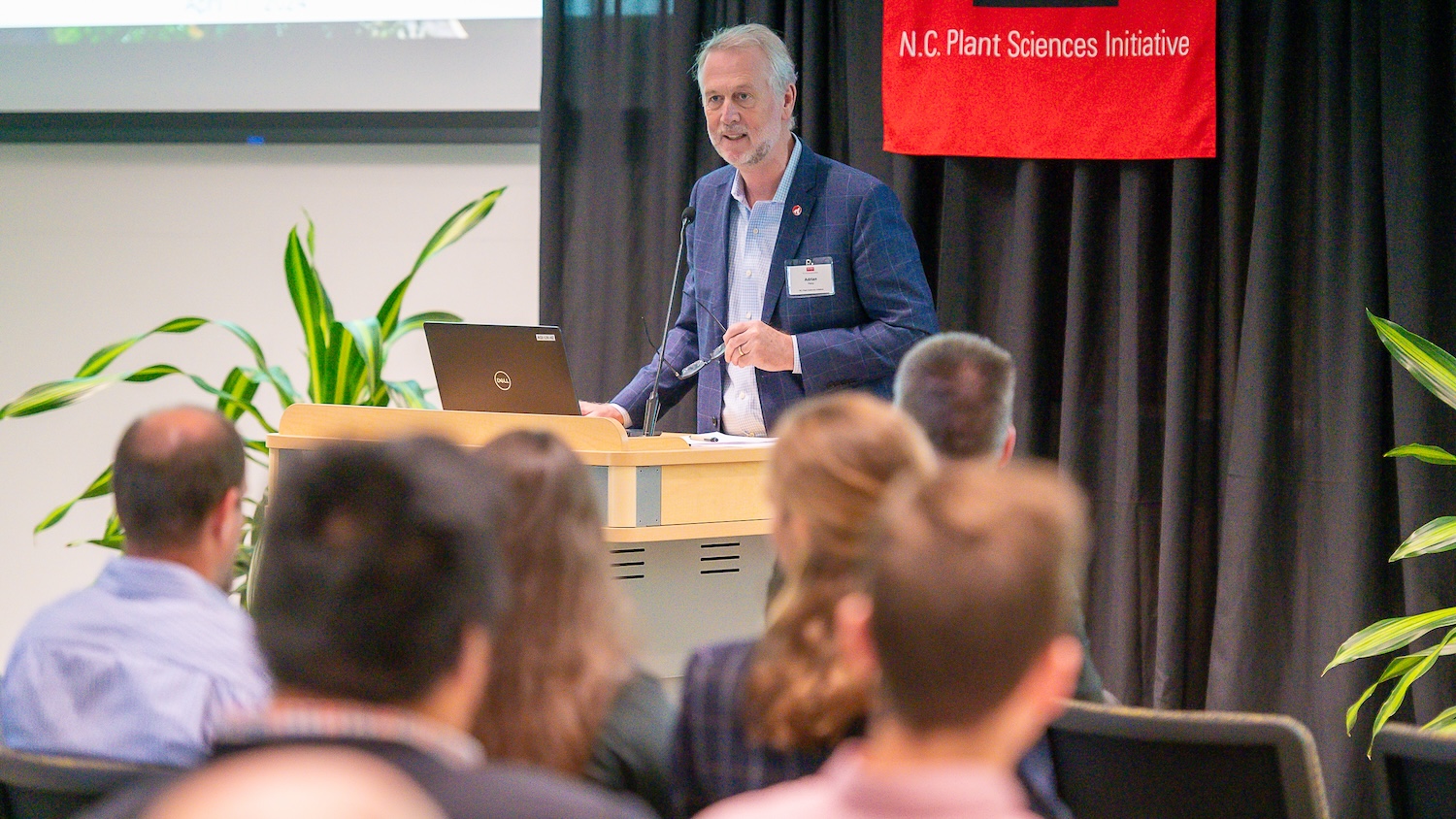Economic Perspective: Who’s Cutting The Cord?

Mary Walden:
“Today’s program asks, ‘Who is cutting the cord?’ Mike, the way we receive entertainment programming is rapidly changing. Watching cable or broadcast tv is dropping, and other forms of access are rising. Give us some numbers on this change.”
Mike Walden:
“Well these numbers are absolutely amazing. If you look at traditional tv viewing, again cable or broadcast tv, by young people, ages 12 to 24, that is down 50 percent. The number of hours they watch on traditional tv is down 50 percent in the last six years.”
“For slightly older people, those in their late thirties and forties, it’s down by almost a fourth, around 20 percent. At the same time, the only demographic group where tv viewing, traditional tv viewing, is up is those folks over age 65. So we’ve got a demographic divide here, but I think the trend is clear. In total, people are watching less traditional tv.”
“What they’re doing is they’re streaming programming. They don’t have to deal with the advertisements, et cetera. And this is not only causing a shake-up in terms of how we get television content. It’s causing a shake-up among advertisers, where to advertise, and it’s also causing a shake-up in terms of broadcast corporations.”
“I think one reason why we’ve seen some mergers, and some proposed mergers there, is that the broadcasters really don’t know what the future holds and they feel as if, ‘Hey, we’ve got to combine to be stronger in order to deal with this uncertain future.’” So there’s no question that how we receive television content is dramatically changing and likely changing even more in the future.”
- Categories:

